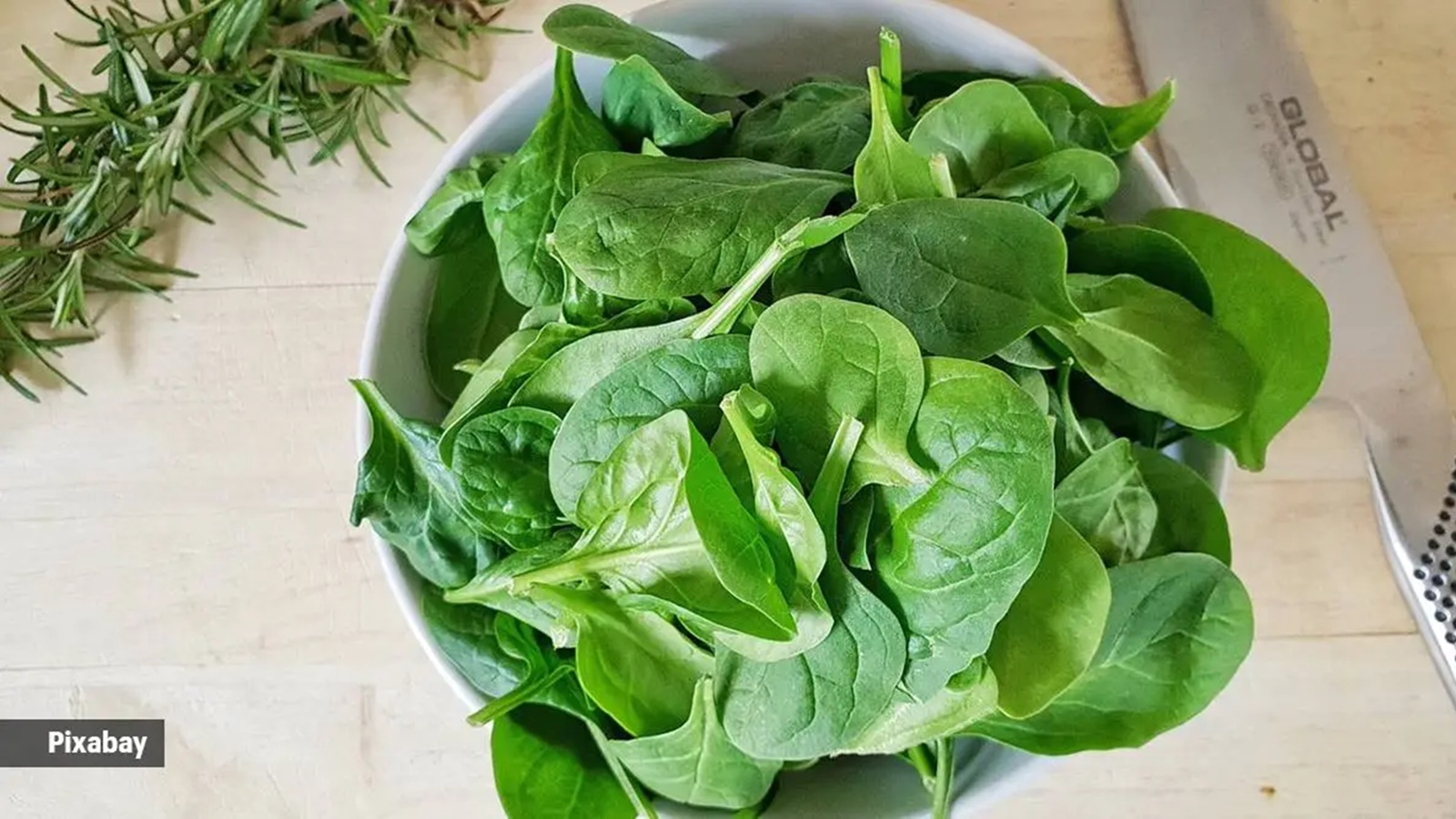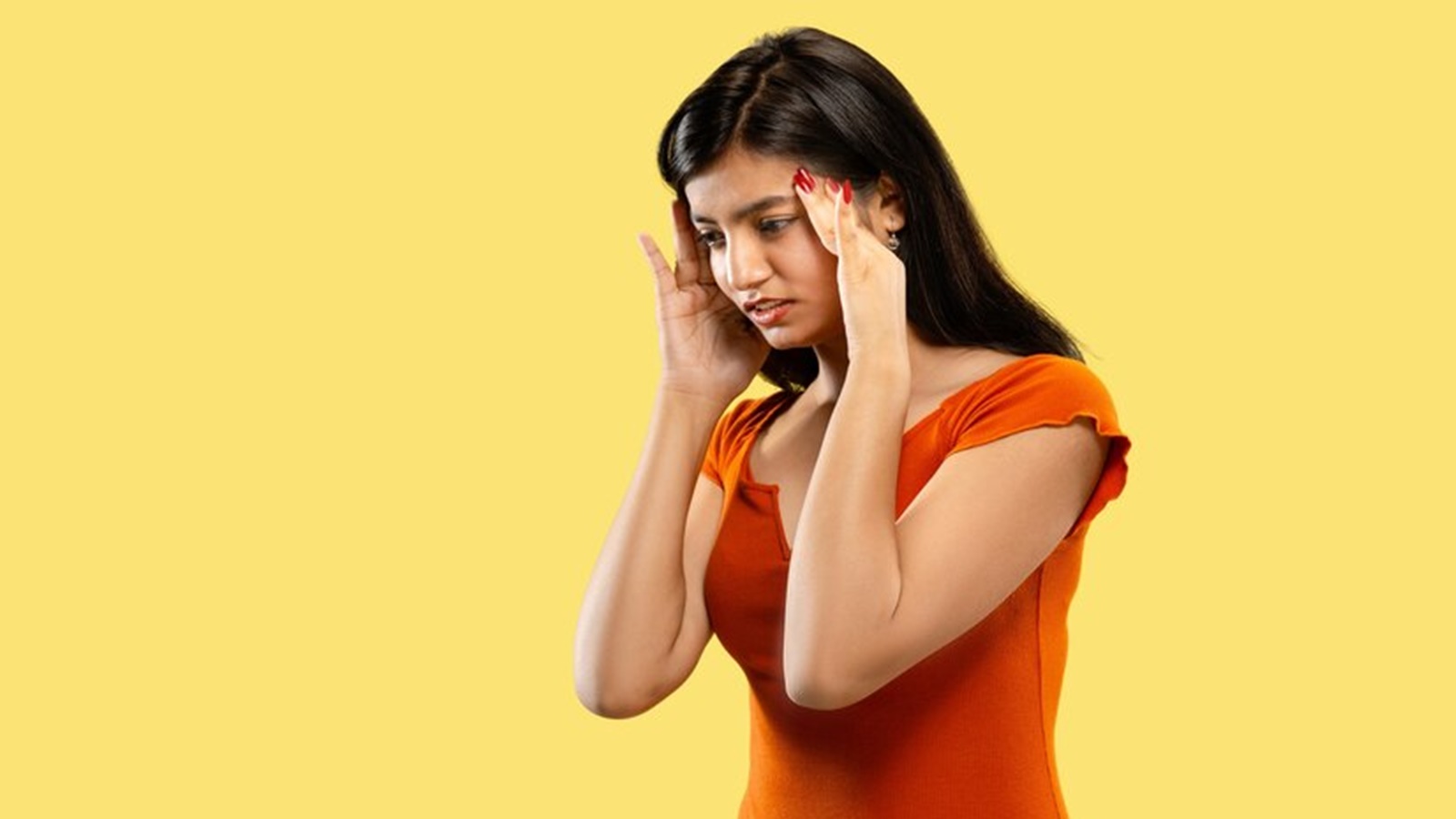Feeling fatigued, breathless, or experiencing pale skin? These could be signs of iron deficiency or anaemia, a common condition affecting many women.
This condition arises when the body lacks sufficient healthy red blood cells, responsible for transporting oxygen throughout the body, which is done by iron molecules. During their menstrual years, women lose iron through blood loss, making it crucial to maintain a diet rich in this essential mineral.
While spinach often takes centre stage as an iron source, there are many other options, which are just as good, if not better.
Iron loss and dietary needs
Dr Gandhali Deorukhkar, Consultant OBGYN and Head Coordinator of the Maternity and Child Care Department at Wockhardt Hospitals, Mumbai Central, emphasises the importance of iron-rich diets for women from a young age.
Women are particularly susceptible to iron deficiency due to menstruation. Each menstrual cycle leads to a blood loss of around 80-100 ml, highlighting the need for a diet rich in iron. The recommended daily iron intake, according to Dr Deorukhkar, varies by age and gender:
Adult Men (19-50 years): 8 mg
Adult Women (19-50 years): 18 mg
Adults (51 years and older): 8 mg

6 iron-rich alternatives of spinach
Leafy Green Delights: Don’t limit yourself to spinach! Explore other iron-rich greens like methi (fenugreek leaves), a staple in Indian cuisine.
Natural Sweeteners: Jaggery, an unrefined sugar, offers a good amount of iron along with its natural sweetness.
Powerhouse Fruits: Dates are a delightful source of iron and other essential nutrients. Enjoy them as a snack or incorporate them into desserts.
Protein-Packed Options: Red meat is a good source of iron. Lean cuts like beef and lamb can be incorporated into a balanced diet.
Fibre-Rich Friends: Beans and lentils are not only high in fibre but also provide a good dose of iron.
Nutty Offerings: Peanut chikki, a popular Indian snack made with peanuts and jaggery, offers a delicious way to boost iron intake.
Here’s a key tip to maximise iron absorption: consume vitamin C-rich foods alongside iron-rich meals. Dr Deorukhkar recommends including citrus fruits like oranges or lemons, or incorporating amla (Indian gooseberry) into your diet. Vitamin C significantly enhances the body’s ability to absorb iron from food sources.
By incorporating these diverse iron-rich options and maximising absorption, women can create a dietary plan that combats iron deficiency and promotes overall health. Remember, consulting a healthcare professional for personalised guidance is essential, especially if you experience symptoms of anaemia.
© IE Online Media Services Pvt Ltd
First uploaded on: 04-06-2024 at 19:30 IST


